The language we use when discussing transit is fundamentally flawed, according to Jarrett Walker, an international consultant on public transit design and policy and author of the book Human Transit.
Walker’s remarks were delivered at the CNU23 conference, which was held last week at Hotel Adolphus in downtown Dallas.
“The North American transit conversation is mostly using false binarisms,” Walker said.
Examples of this kind of “either this or that” thinking can be seen in debates over profit vs. subsidy, infrastructure vs. service, rail vs. bus, aesthetics vs. abundance, and choice riders vs. dependent riders, he said.
He also believes that too much of the conversation has been about technology and engineering, political wrangling, or how the system will be financed.
In doing so, we’re ignoring what should be transit’s goal: providing abundant access and expanding opportunities for all to enjoy the city’s riches. In other words, he said, we should be designing the transit network to maximize peoples’ liberty and opportunity.
Mariia Zimmerman, principal and founder of public policy consulting group MZ Strategies, agreed with Walker that too much of the discussion and advocacy surrounding transit is about the infrastructure itself.
She noted that such thinking has had the effect of the trickle of funding transit gets through the Federal Transit Administration being used almost entirely for buses, tracks, train cars and shelters, with precious little available for actual operation.
“Transit, at best, is the poor stepchild,” Zimmerman said. “In many cases, it’s the bastard. When we’re investing in the infrastructure instead of the operating, it’s tough. How can we sell and persuade people to support transit – outside of the infrastructure?”
Without access, there is no transit service, only symbolism, Walker said.
“One thing to know is that access leads overwhelmingly to ridership,” he said. “The idea that transit infrastructure has outcomes just by itself is a false analogy imported from buildings and highways.”
Walker quoted Alan Watts, the British-born philosopher, writer and speaker, who said that “Western cultures are prone to eat the wrapper and throw away the food.”
“This existing view of transit is all the wrapper,” he said. “The freedom and opportunity of people to access their city is the food.”
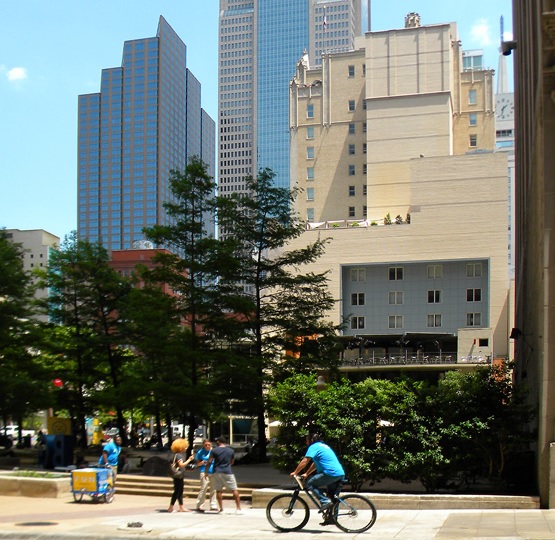
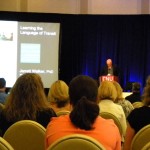
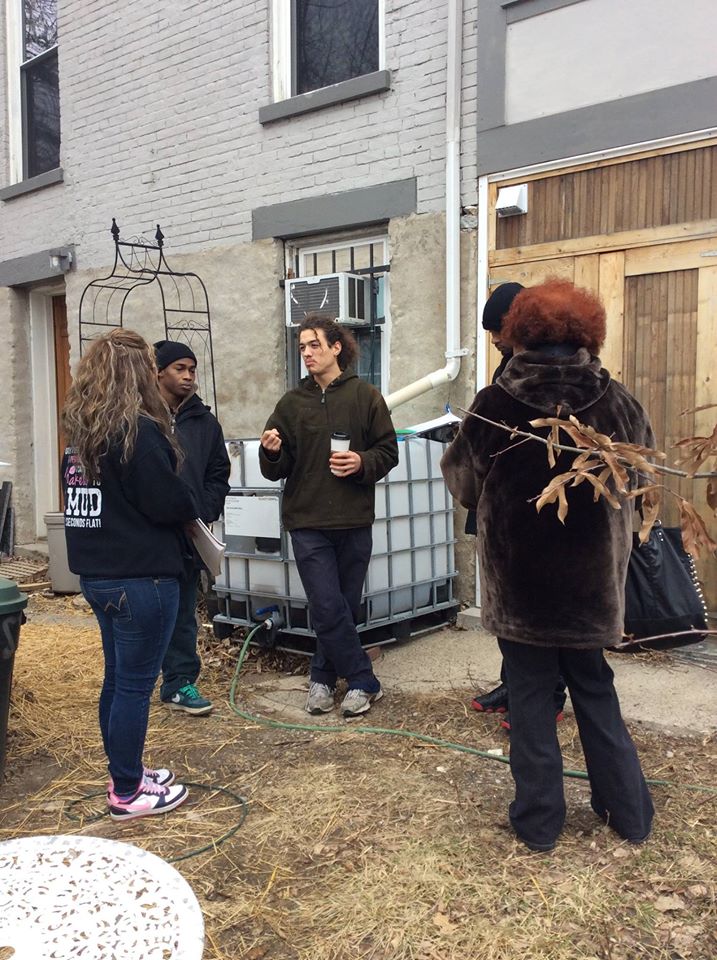
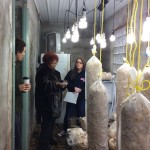

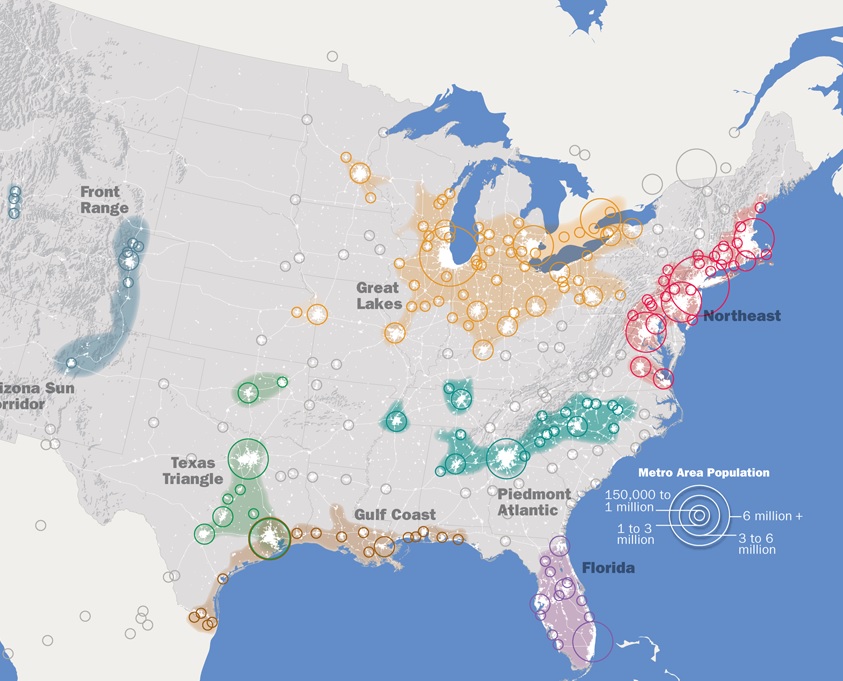
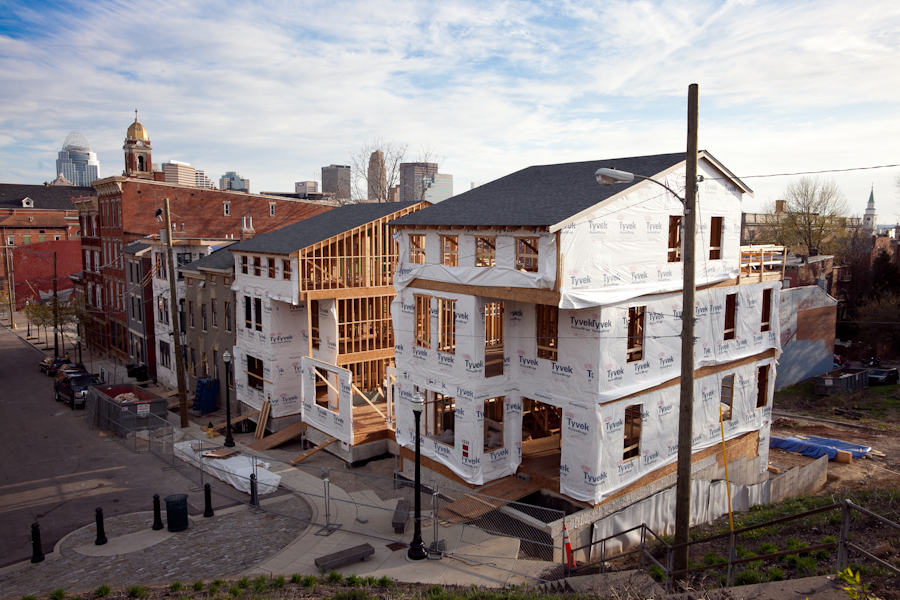
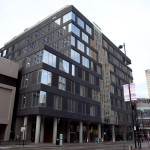
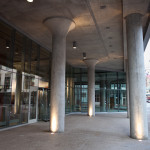

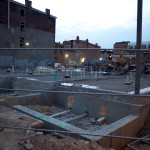
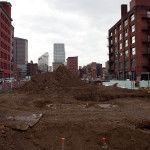
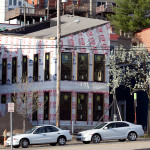
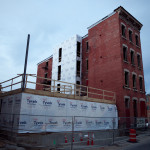
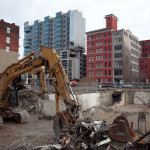
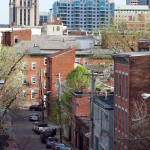
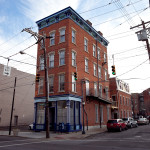
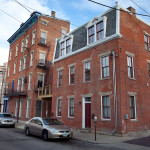

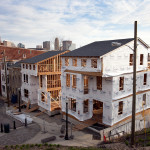
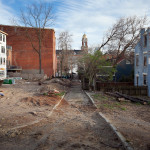
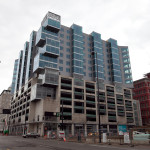
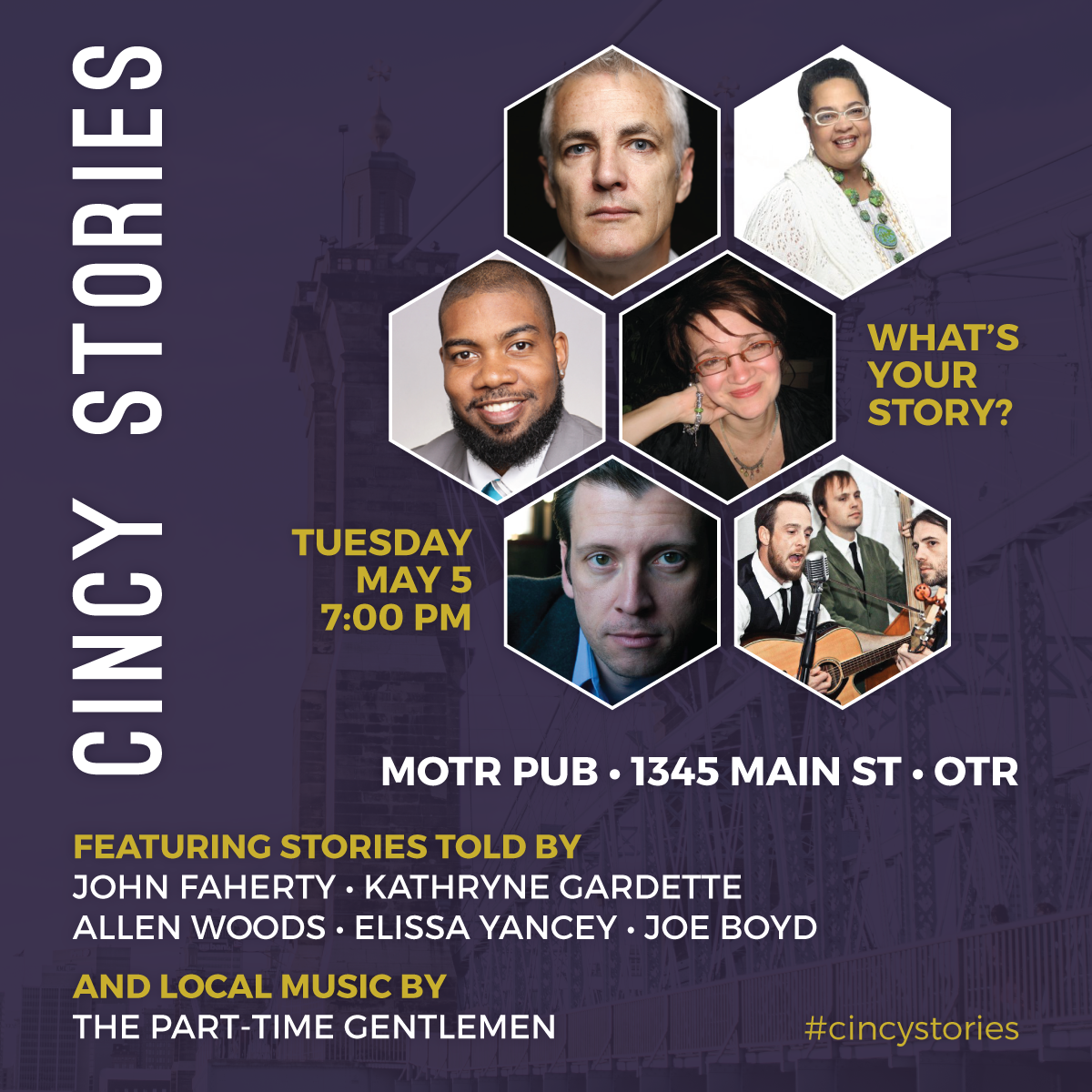
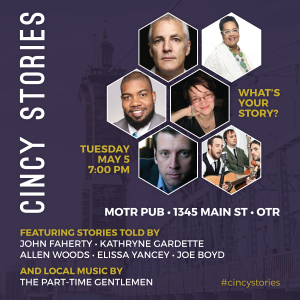 The organizers of the
The organizers of the